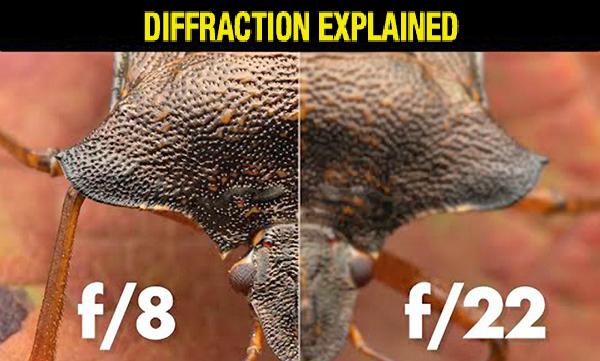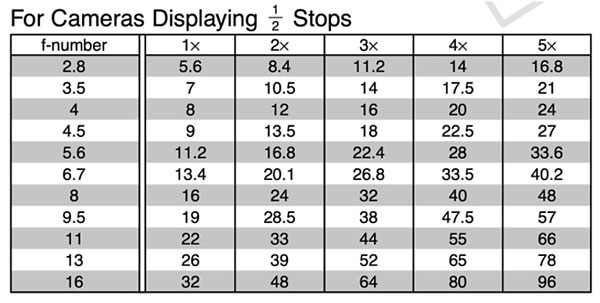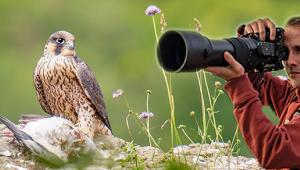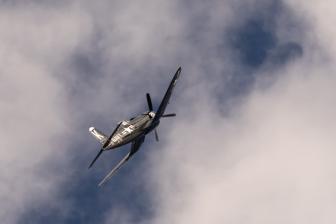How Lens DIFFRACTION Affects Photos & What to Do About it (VIDEO)

Lens diffraction is an important concept that’s not very well understood by many photographers, and it can have a big impact on your images. In the tutorial below you’ll find a simple explanation, and learn how to deal with diffraction for better results.
Swedish pro Micael Widell specializes in all forms of outdoor photography, with a particular emphasis on macro. In this episode he explains everything you need to know to prevent lens diffraction from spoiling your images.
Widell avoids confusing theoretical details and provides simple, intuitive examples to illustrate his suggestions. He begins with a discussion of diffraction in conventional photography, and then moves on to how this concept is particularly important when shooting macro images. And for those interested in macro, he reveals his favorite gear in the description beneath the video.

As Widell says, “to understand diffraction you first have to understand aperture,” and he uses a fast 135mm f/2 lens to quickly demonstrate the key points. So what is diffraction? Widell says, “It’s a physical phenomenon that makes photos slightly blurry. And that’s related to the specific lens and f/stop you use.
When shooting landscapes Widell avoids apertures smaller than f/11, because stopping down further can result in photos that are less sharp. He likens lens diffraction to waves in the water and employs several interesting graphics to illustrate what he means.
While Widell’s analogy is a bit unusual, the concept of diffraction becomes very clear as he runs through various apertures on his lens. He then provides practical examples you can use for both macro and other types of outdoor photography.

There’s much more to learn on Widell’s instructional YouTube channel, so pay a visit after watching this helpful video.
And for another basic explainer, check out our recent post with a beginners guide to nature and wildlife photography.
- Log in or register to post comments
















































